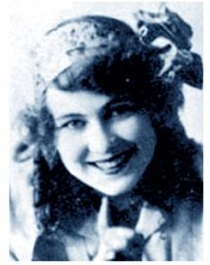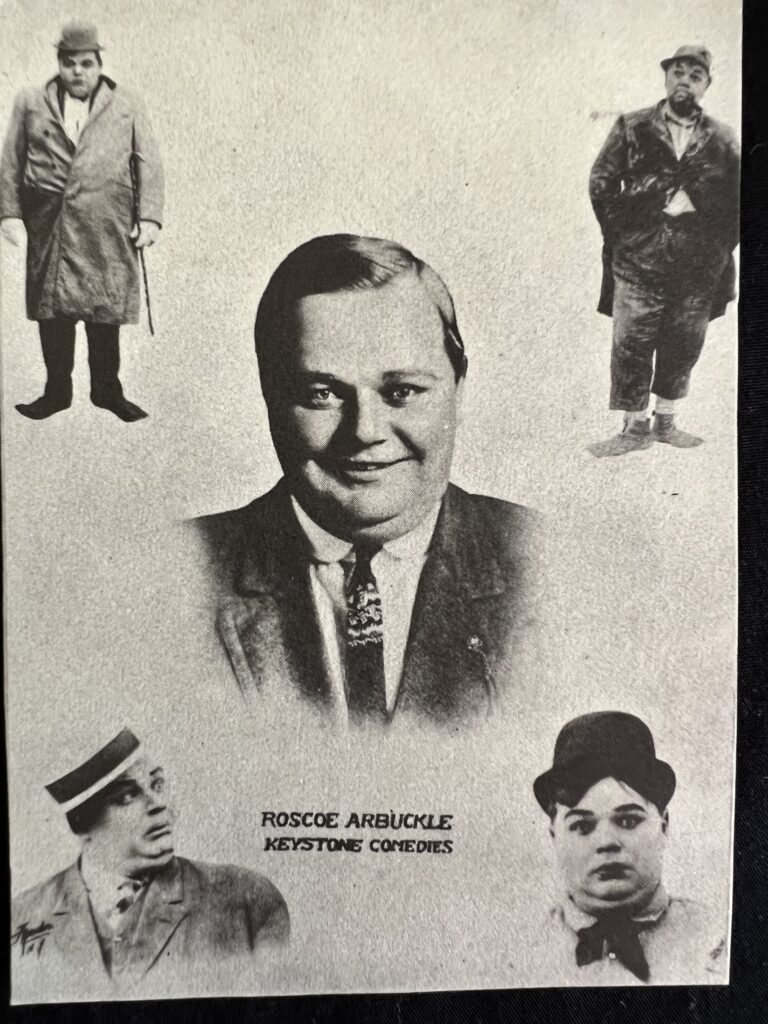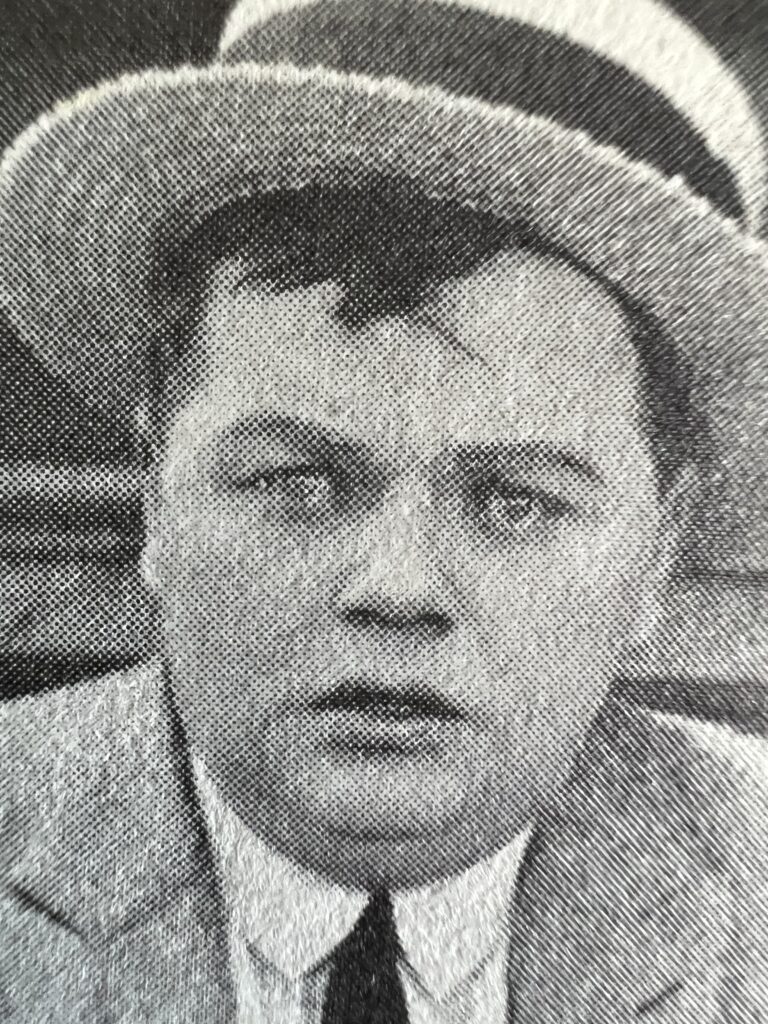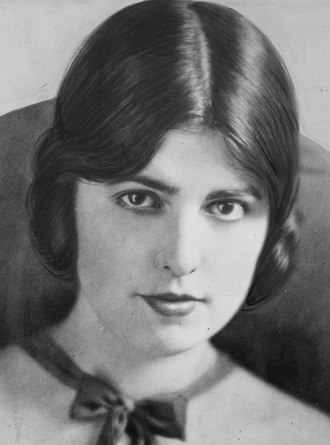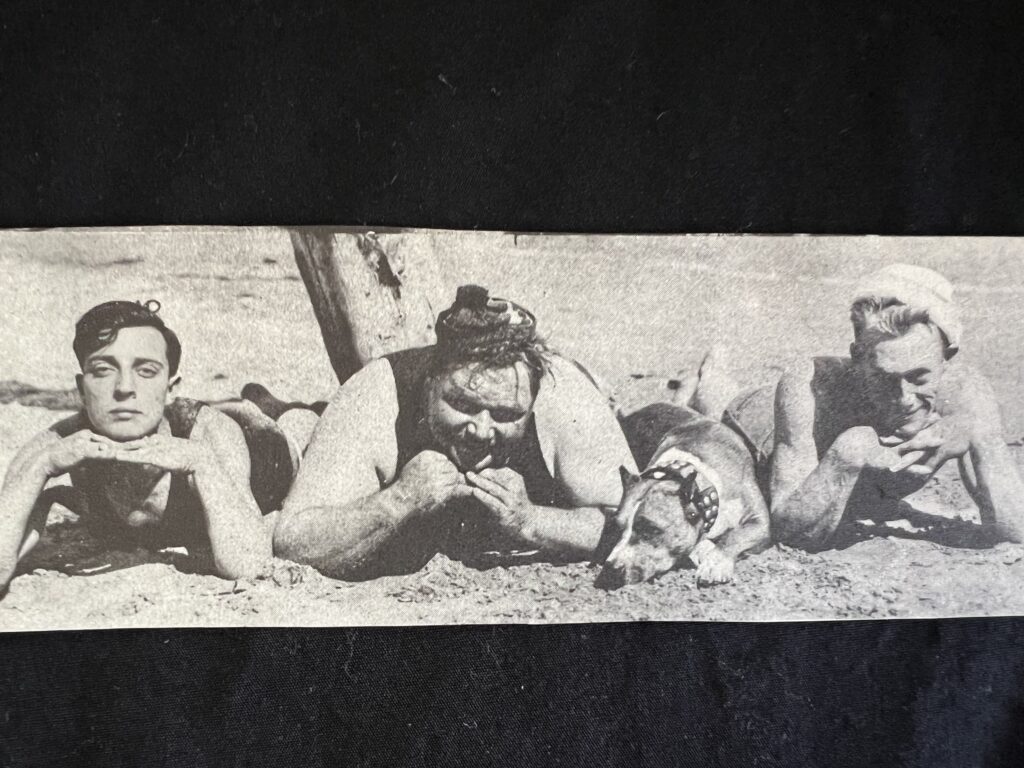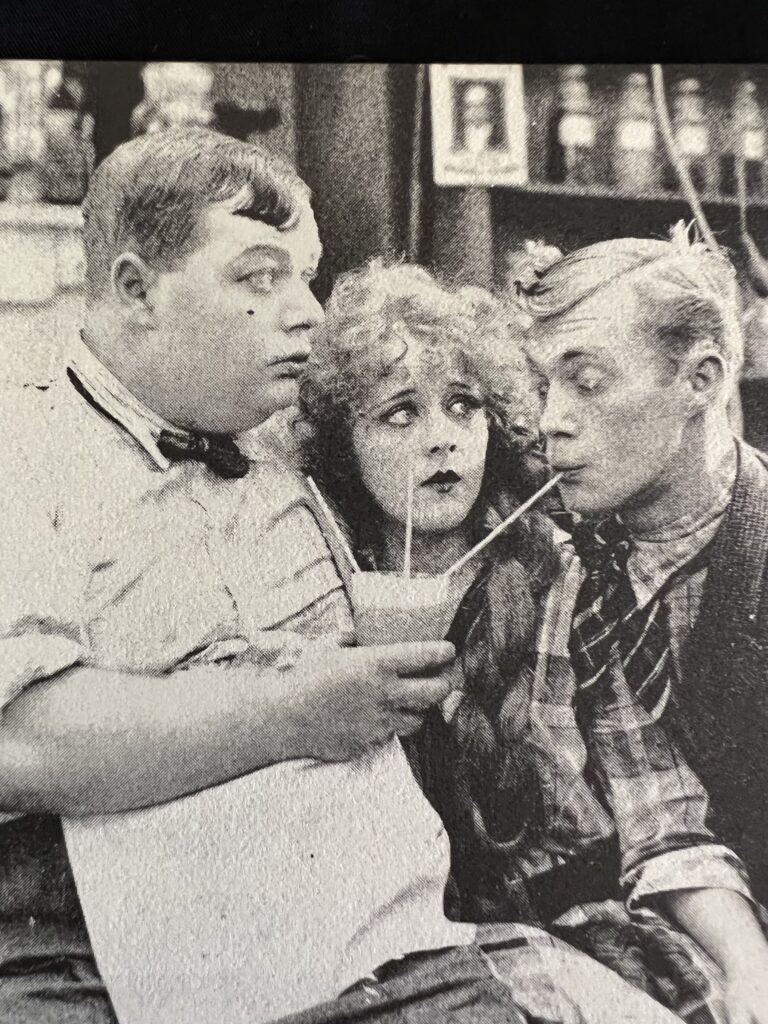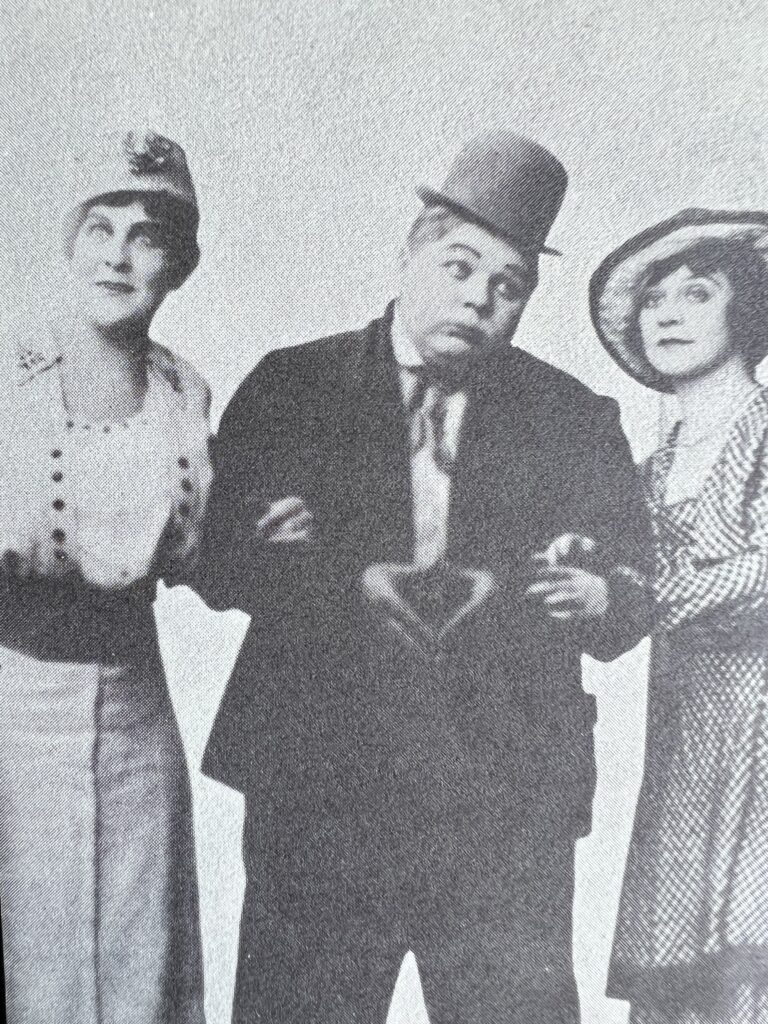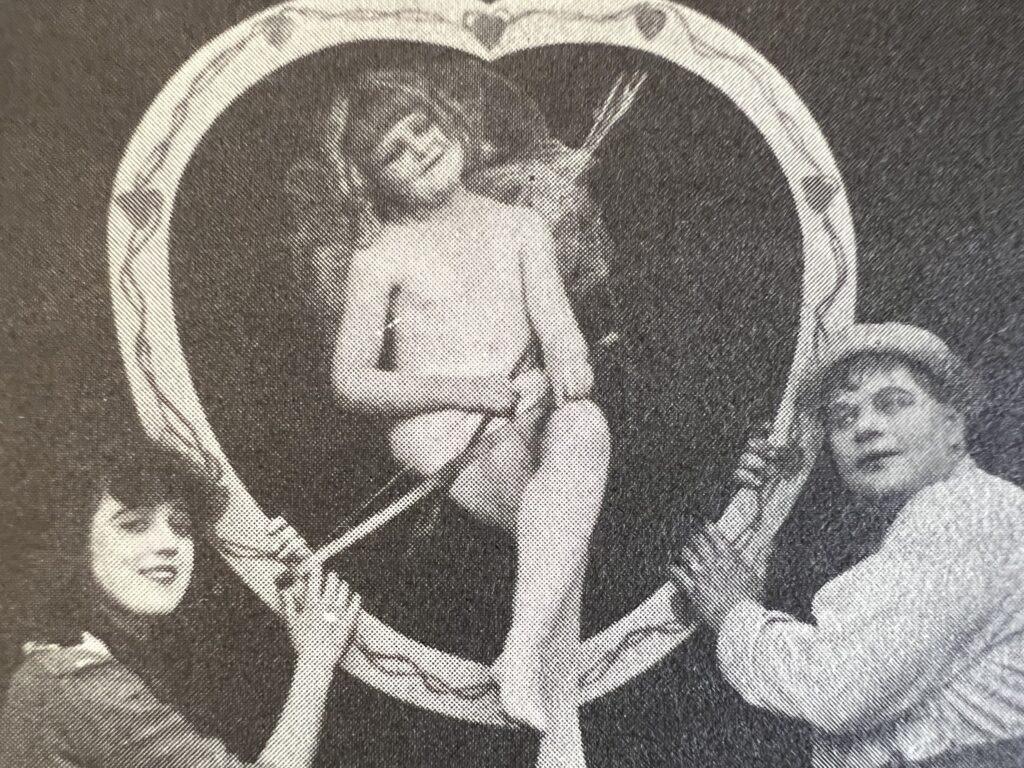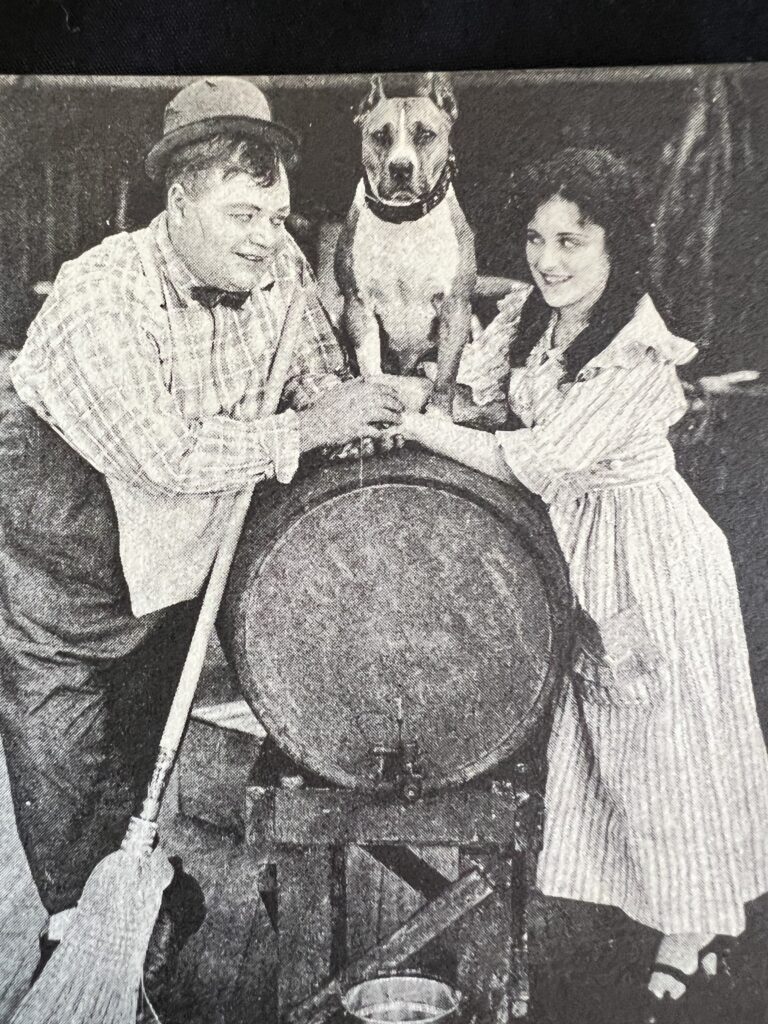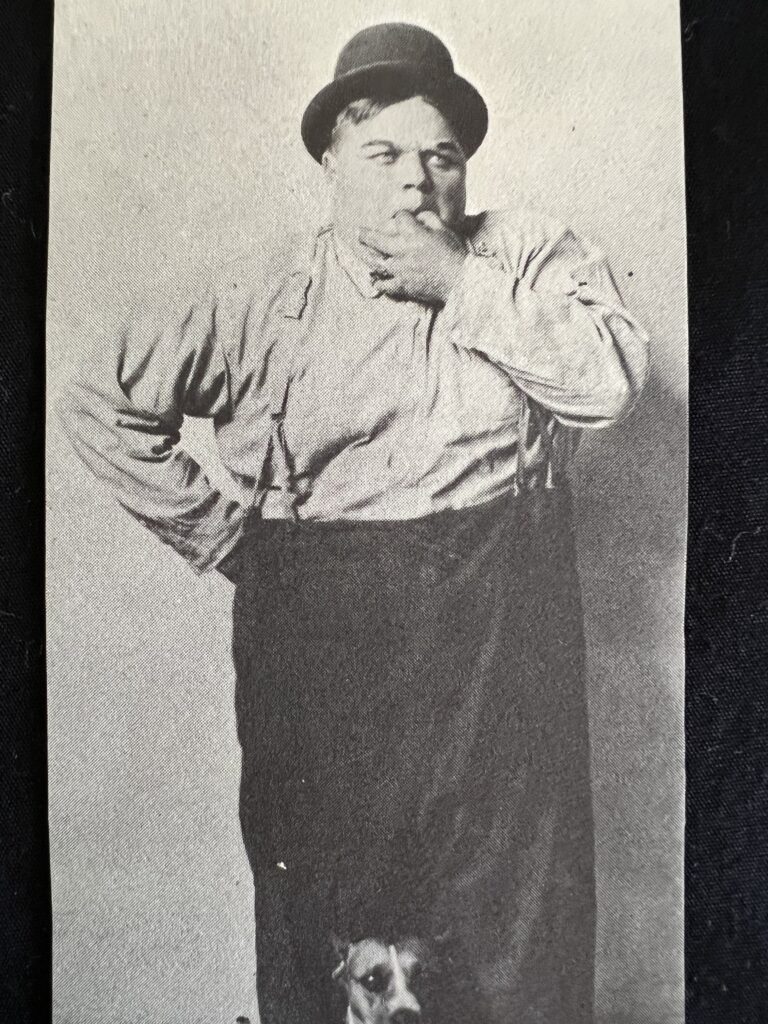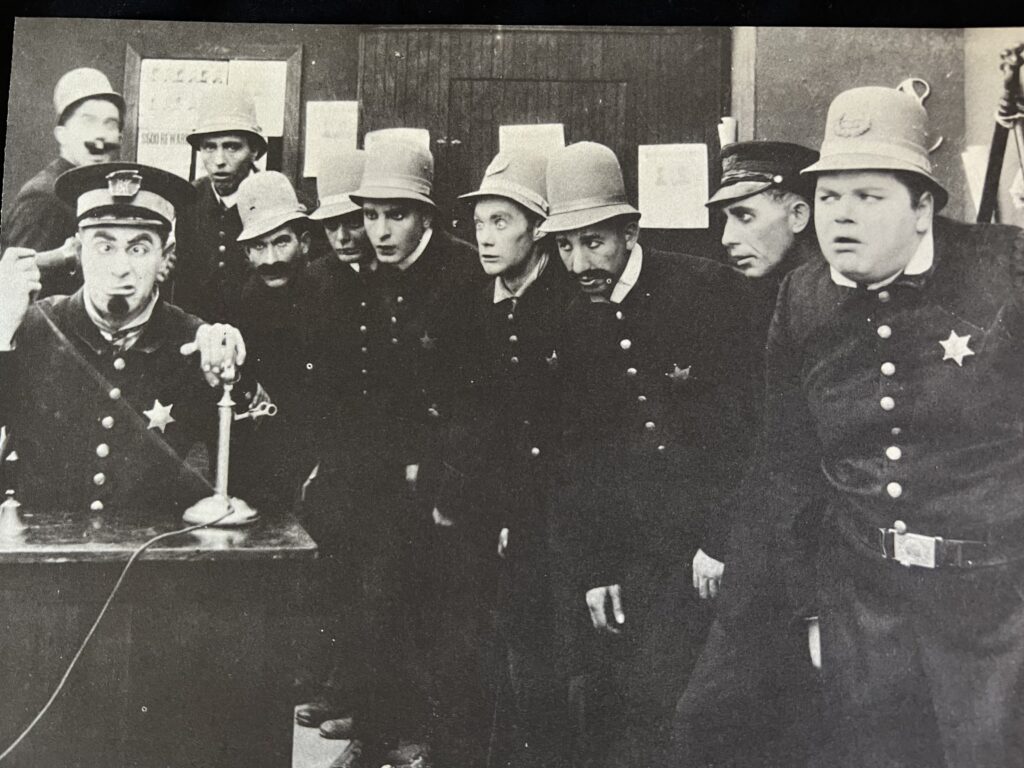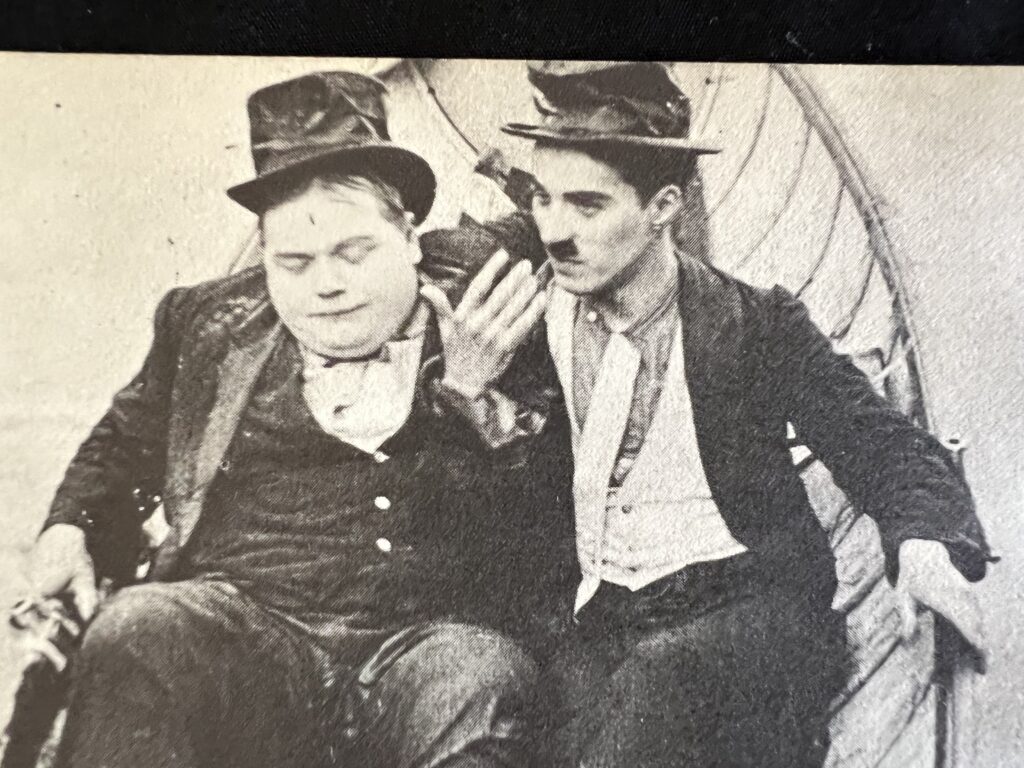
Precious little has generated the intense scrutiny like the murder of silent screen director William Desmond Taylor over one century ago in Hollywood, on February 1st, 1922. Fate reared its ugly head that evening and delivered a lethal blow to director Taylor by an “unknown assailant,” so we are told.
What many people don’t realize is that in 1964 there was a deathbed confession to Taylor’s murder by silent screen actress Margaret Gibson, who also went by the stage name of Patricia Palmer. She had worked closely with Taylor during the early silent era.

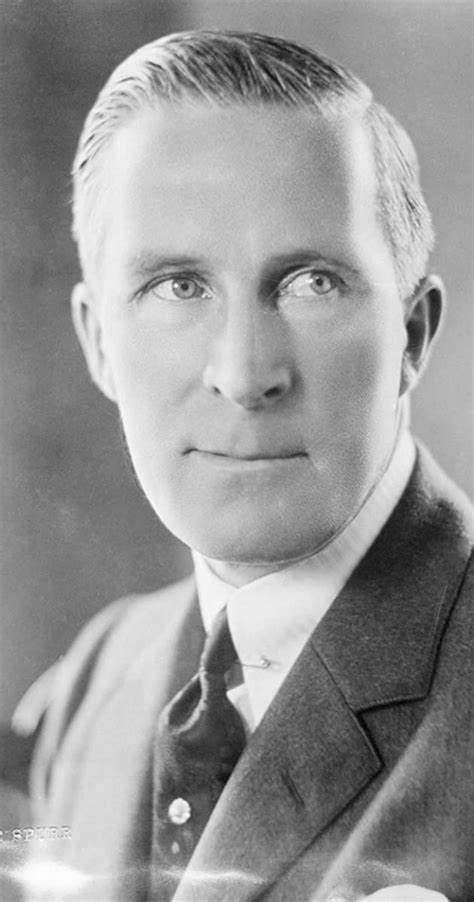
Clearly, the two were romantically entangled at one point, as had Taylor been with countless other young starlets. His reputation as a lothario was cemented in stone, as was his proclivity for dumping said actresses after tiring of them or should they end up “with child,” as was said back in the day. Taylor was infamous for such antics and had previously deserted his wife and young daughter in favor of greener pastures, showing little remorse. Oh, the wonderful world of men!
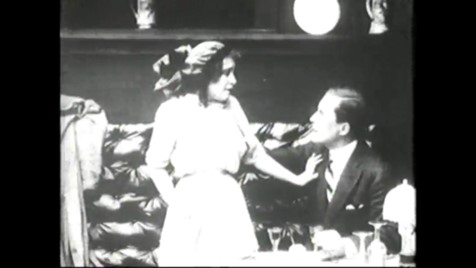
Yet some people never forget treachery, and Margaret Gibson was one such individual. She extracted her revenge on William Desmond Taylor February 1st, 1922, shooting and fatally wounding him. Decades later, on her deathbed, Margaret Gibson, recently converted to Roman Catholicism, felt contrition, and confessed. Her admission should not be taken lightly.
Miss Gibson suffered a fatal heart attack on October 21, 1964 and made the deathbed confession to a neighbor, after it was clear that there was not time for a Roman Catholic priest to get there to give the last rites. She freely admitted she was responsible for Taylor’s murder in 1922.
Gibson’s conscience, apparently clear, allowed the former actress to move on to the next world, however her neighbor felt compelled to relate what had transpired between them. Thus, the mystery that had weighed so heavily on people’s minds for decades was finally solved.
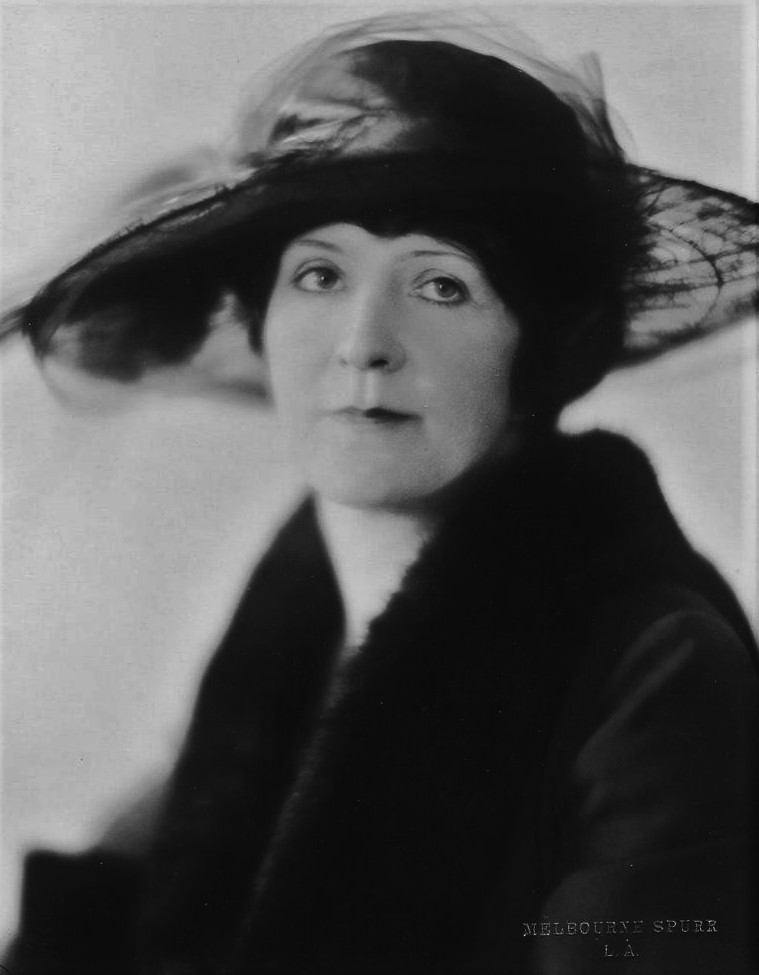
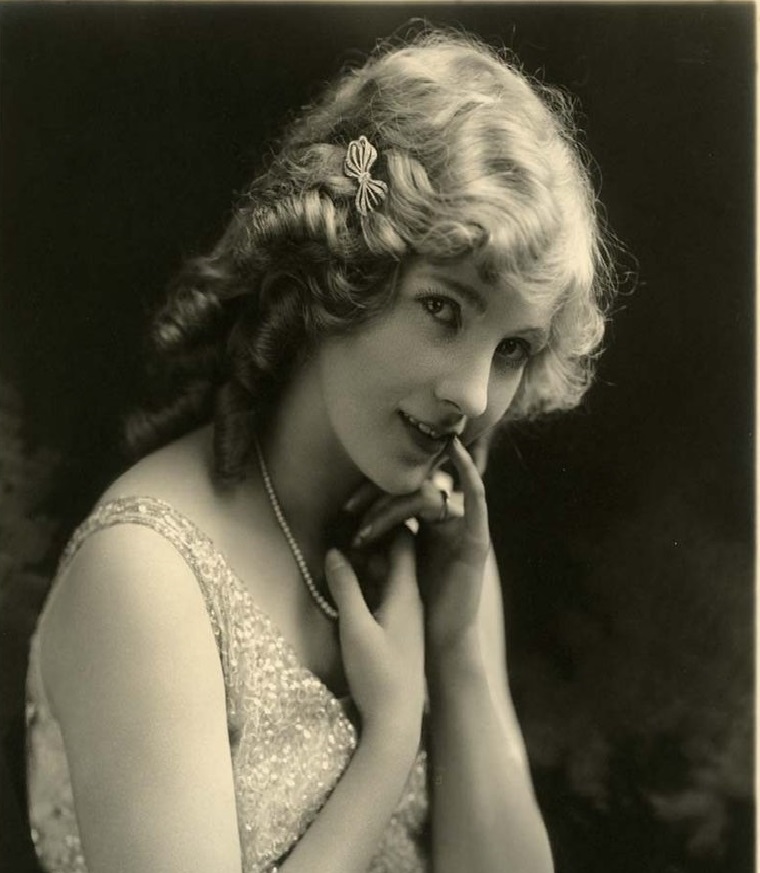
The name often brought up in connection with this “unsolved” murder is everyone’s favorite punching bag, Charlotte Shelby, mother of actress Mary Miles Minter. Mrs. Shelby is frequently portrayed as the quintessentially evil stage mother who was so incredibly protective of her daughter that she would commit something as heinous as murder, knowing full well that it would lead to scandal and the ostracization of her daughter in Hollywood.
Unlikely at best, this writer says. Charlotte Shelby was much too savvy to fall victim to that ruse. She had just lived through the September 1921 Fatty Arbuckle scandal and knew exactly what would happen to her daughter should she rock the publicity boat with any off-color shenanigans. Incidentally, that is exactly what ensued – Mary Miles Minter’s career never rebounded and she died decades later in obscurity.

Occasionally, comedienne Mabel Normand, whose career was also ruined by the Taylor affair is brought up as a possible suspect since she was one of the last people to see the director alive the evening of January 31st. Normand’s connection with Taylor was ultimately determined to be nothing more than an innocuous friendship.
William Desmond Taylor’s cook and valet, Henry Peavey, is sometimes named as the person responsible for the murder, as is the man who held that same position in the Taylor household prior to Peavey, Edward F. Sands (aka Edward Fitzgerald Snyder, aka Edward Fitzwilliam Strathmore). Neither of these two men were ever found to be connected beyond a reasonable doubt to the Taylor’s death.
In my opinion, the William Desmond Taylor murder case has been solved. Not only was there a deathbed confession by Margaret Gibson, also known as Patricia Palmer, such confessions carry a great deal of weight in legal circles – ask any lawyer or judge.
Case closed.
